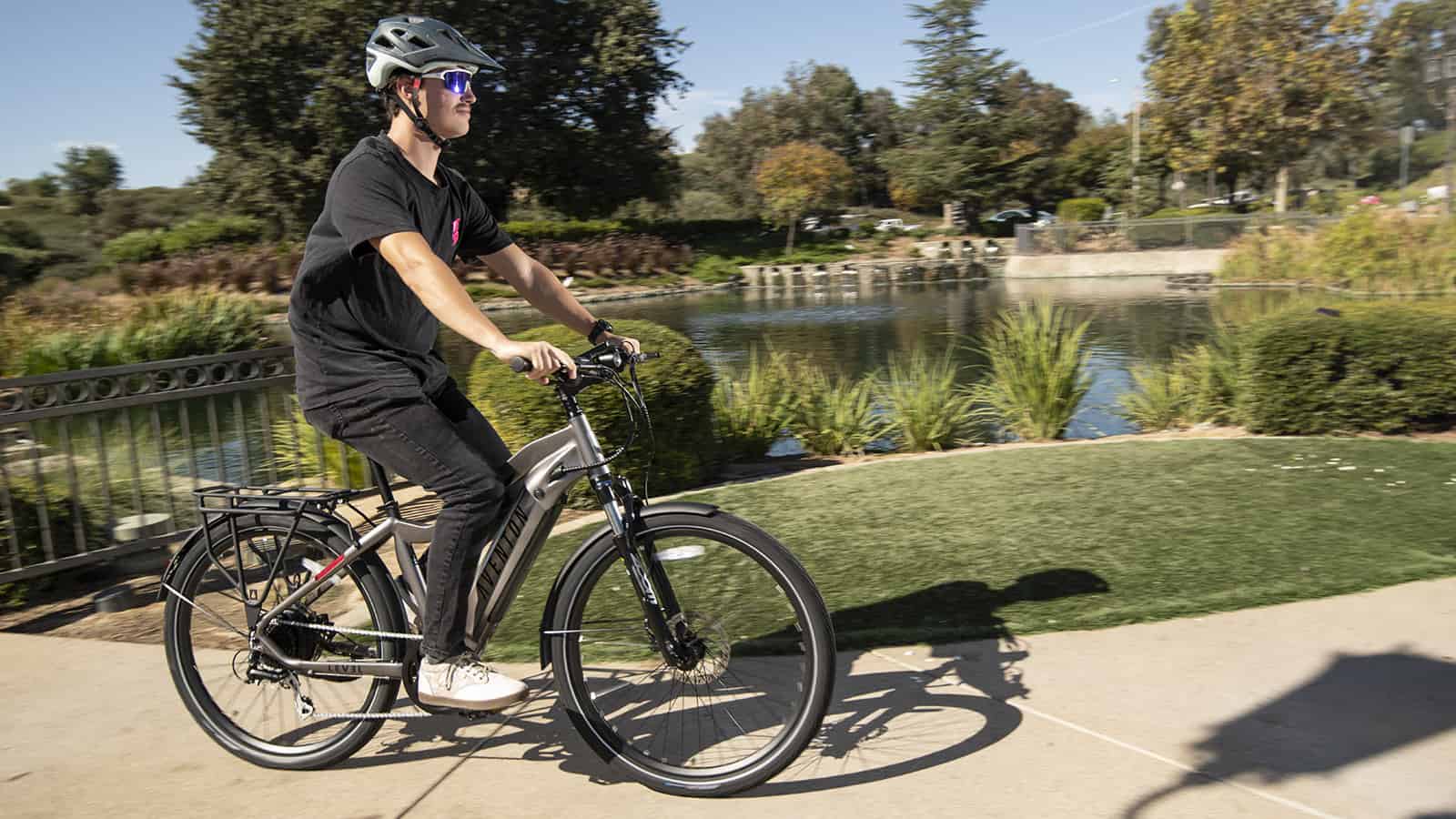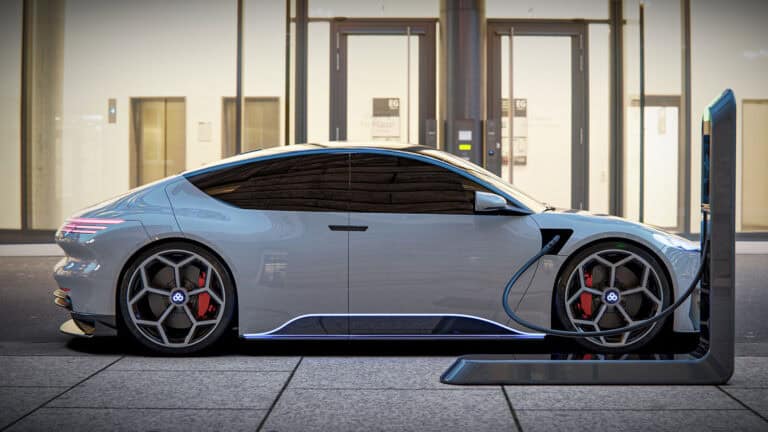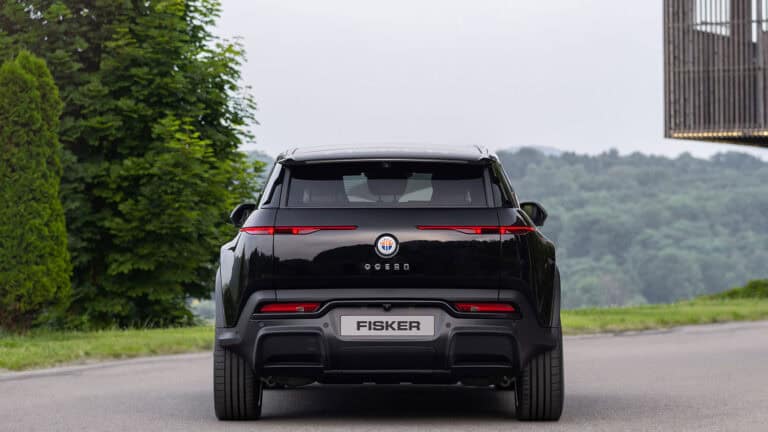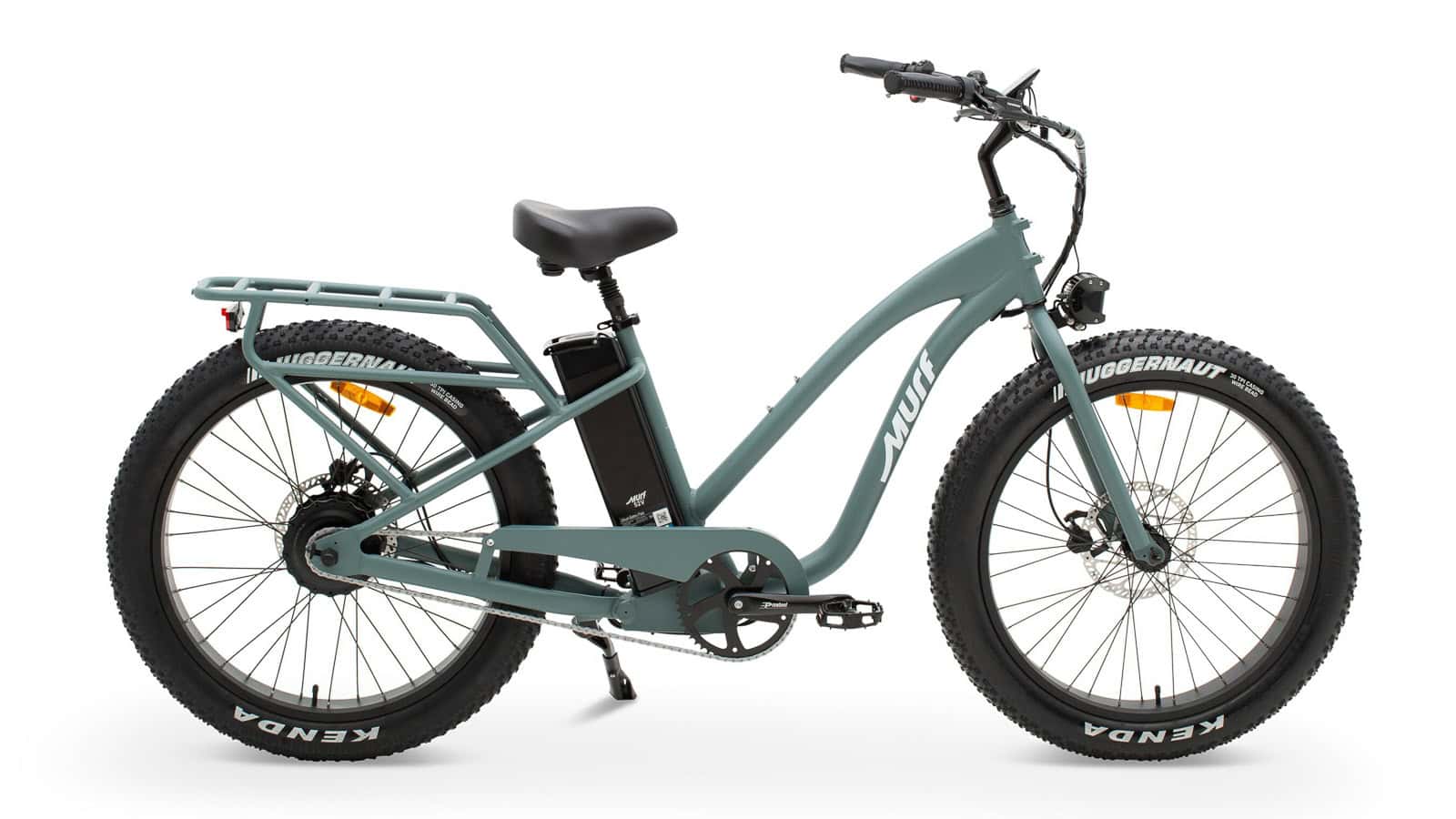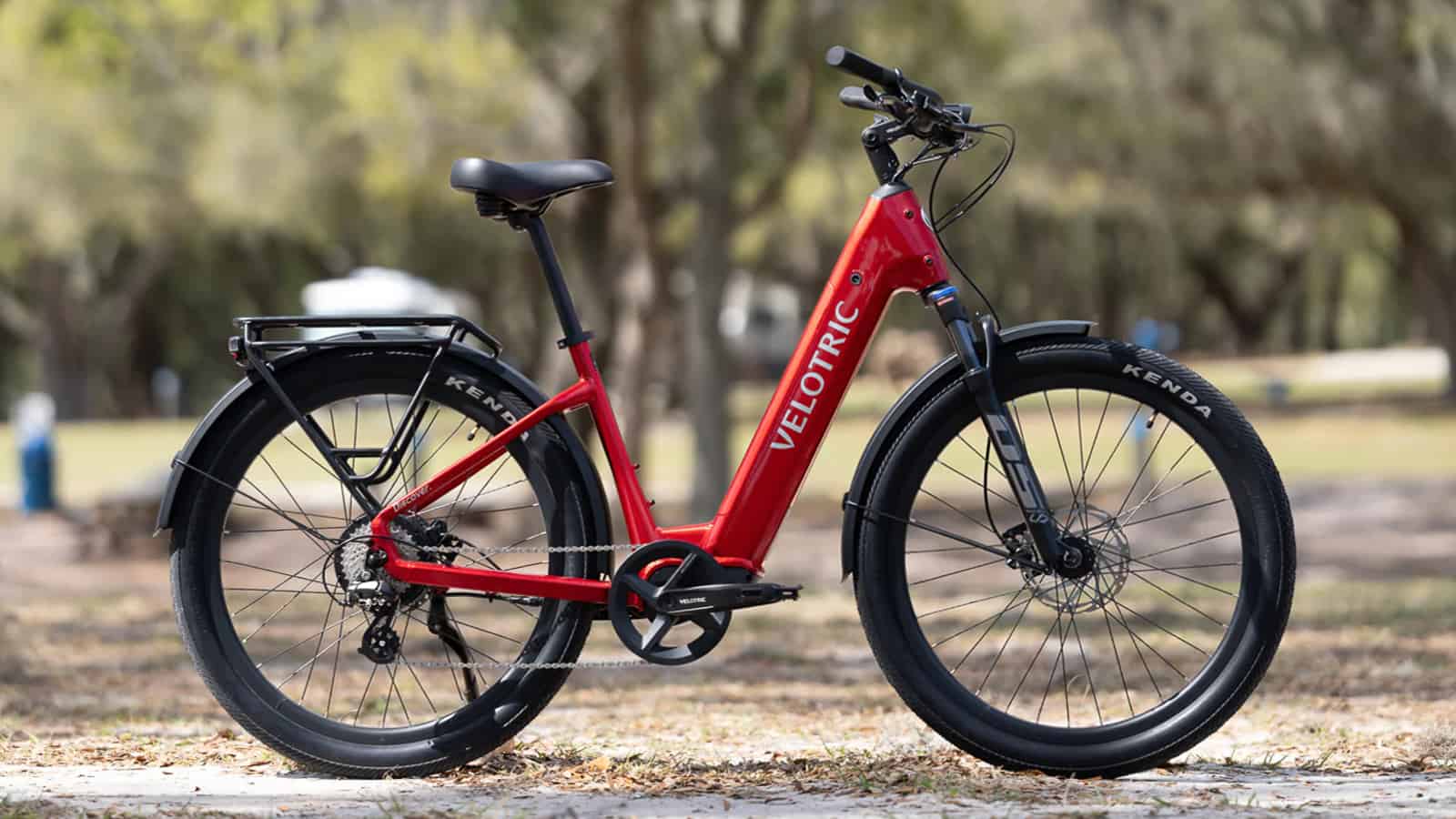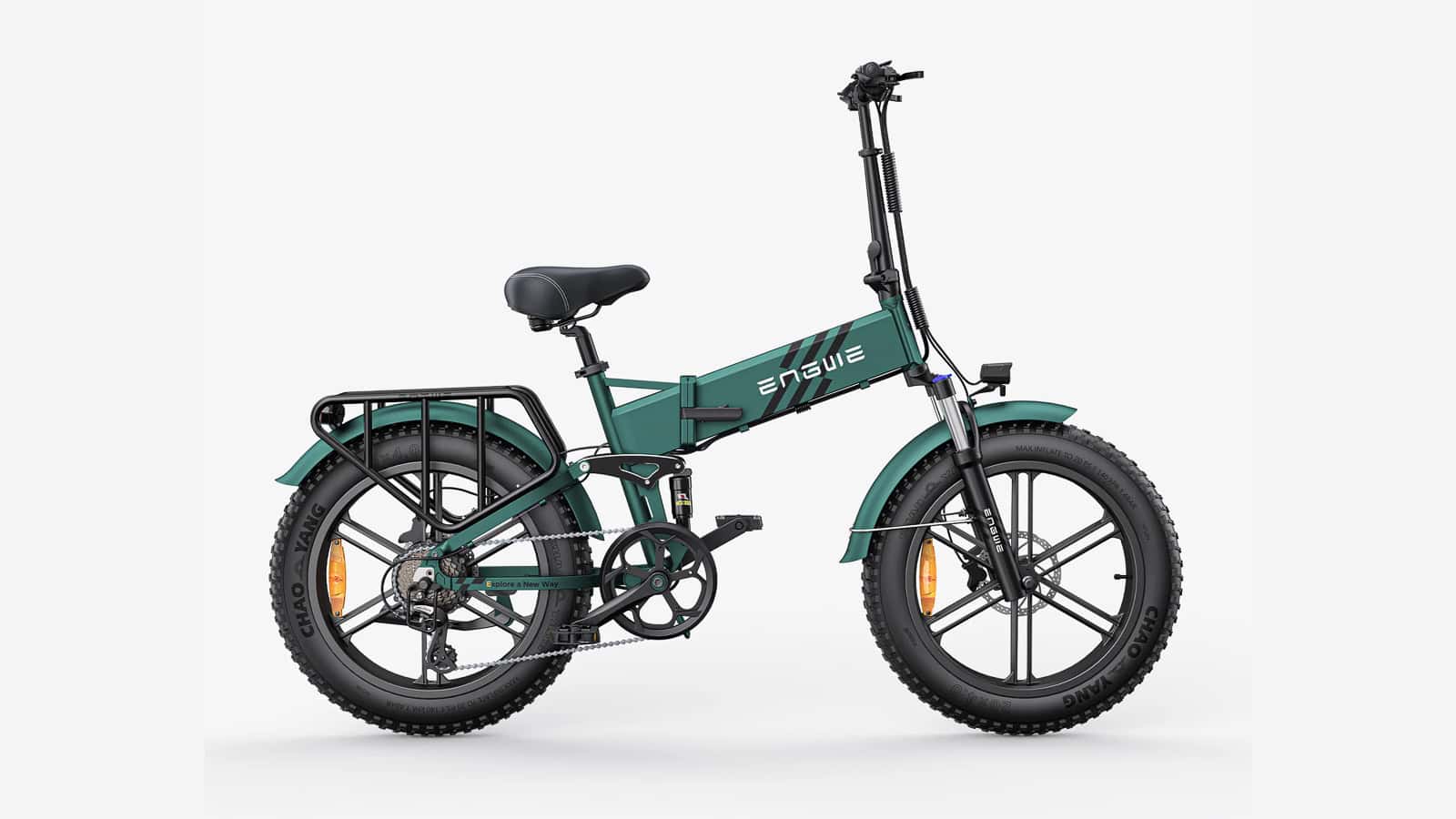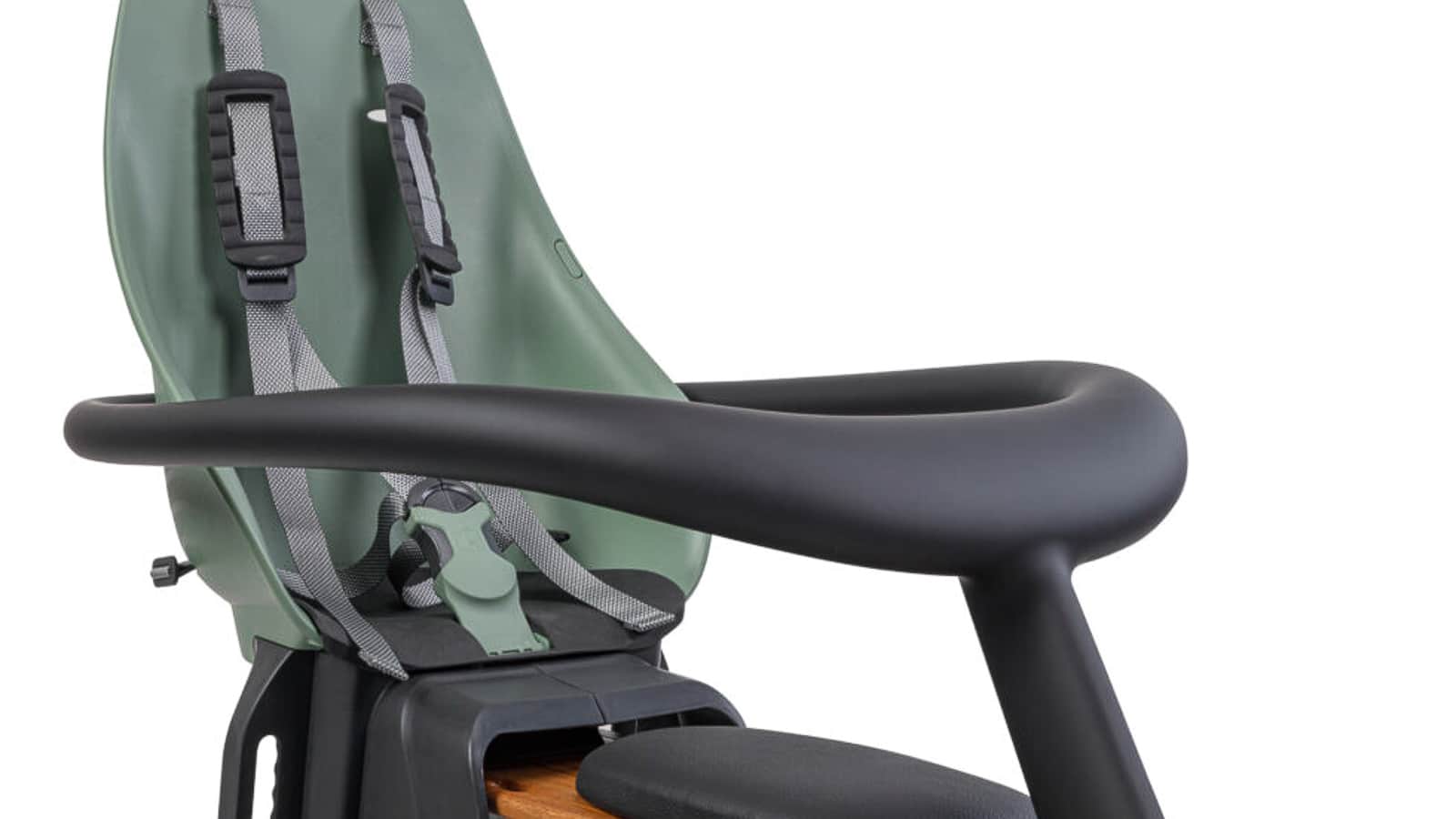There’s a growing trend in the e-bike world where more manufacturers are adding torque sensors to their budget-level bikes. What’s the difference, and why does it matter to you?
The simple answer is that a cadence sensor can tell when you are pedaling, whereas a torque sensor can tell how hard you’re pedaling. These are two very different riding experiences.

With a cadence sensor, pedal-assist from the motor usually takes ½ to a full revolution of the pedals before the motor kicks in. When it does kick in, it can be very abrupt, and it will take you up to the maximum speed that the motor will offer at that given mode. Generally, this type of bike has 5 levels of assistance. For example, level 1 may take you immediately to 12 mph, level 2 may take you to 14 mph, level 3 to 16 mph, and so on.
The issue here is two-fold. First, the abrupt takeoff, and second, the fact that it will drain the battery faster and therefore give you less range. If you are spinning the pedals even slowly, the motor is doing all the work and you may as well be using a throttle.
Torque sensors are always included with a mid-drive motor, the type that has the motor right at the bottom bracket, like mountain bikes and higher-end commuter bikes. These motors are made by companies like Bosch, Yamaha, Brose, Shimano and Bafang.

Up until recently, e-bikes with a hub motor didn’t usually come with a torque sensor. Torque sensors are more expensive. Many serious road cyclists and mountain bikers will add one to their pedal bikes to allow them to see just how many watts of power they can output (leg output is still measured in watts, even if the bike isn’t electric).
Torque sensors can tell how many watts you’re putting in, then respond by matching or even multiplying how much electric assistance to add. If you’re rolling along on the street at a comfortable pace, you’ll get a little assistance. When you’re pedaling hard up a steep hill, the motor will add more power to help you. It’s like your legs are now much more powerful.
Torque sensors also detect pedal pressure instantly, so it adds assistance as soon as you start to pedal, there’s no lag. Interestingly, even bikes with torque sensors also have a cadence sensor. Using both, sometimes taking 1,000 samples per second, the computer can provide virtually instant feedback to enhance the natural feel of the ride.
ADVERTISEMENT
Torque Sensor
How it works: it measures the force you apply to the pedals.
Benefits:
- Natural Riding Feel: The amount of assistance is proportional to the force you apply on the pedals. This provides a more intuitive and bike-like feel to the rider. If you push harder, you get more power. If you pedal lightly, you get less power.
- Efficiency: Since the power delivery is based on the rider’s input, it can be more efficient, especially if the rider varies their effort during a ride.
- Better for Hill Climbs: Torque sensors can detect when you’re pushing harder (like on a hill) and will provide more assistance.
- Safer in Traffic: The responsiveness of torque sensors can be safer in traffic situations where varying levels of assistance may be needed quickly.
Drawbacks:
- Cost: Generally, torque sensor systems are more expensive than cadence sensors.
ADVERTISEMENT
Cadence Sensor
How it works: it measures how fast you are pedaling, or just that you are pedaling.
Benefits:
- Simplicity: It’s a simpler system that just checks if you’re pedaling and how fast.
- Cost: Typically less expensive than torque sensors.
- Consistent Power: If you’re looking for a consistent level of assistance regardless of how hard you’re pedaling, a cadence sensor might be for you.
Drawbacks:
- Less Natural Feel: The motor assists based on pedal rotation speed, not on how hard you’re pedaling. This can feel less intuitive than a torque sensor.
- Potential for Over-Assistance: On steep climbs, even if you’re pedaling slowly, the motor might deliver more power than necessary.
Overall, a torque sensor provides a far more natural feel. Cadence sensors cost less, so if that’s your main concern, go with that. If you’ve never ridden both types of e-bikes, you may not notice the difference.
ADVERTISEMENT

SOURCE | IMAGES: TONY DONALDSON
FTC: We use income-earning auto affiliate links. Learn more.










